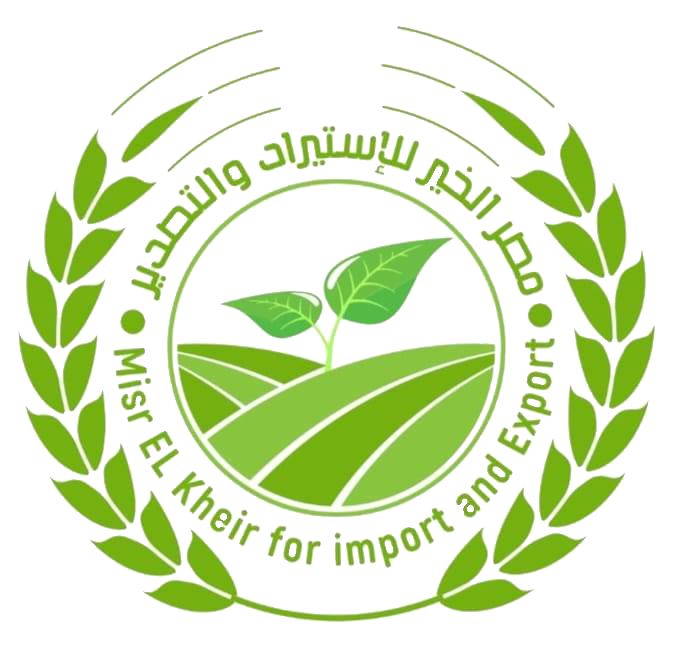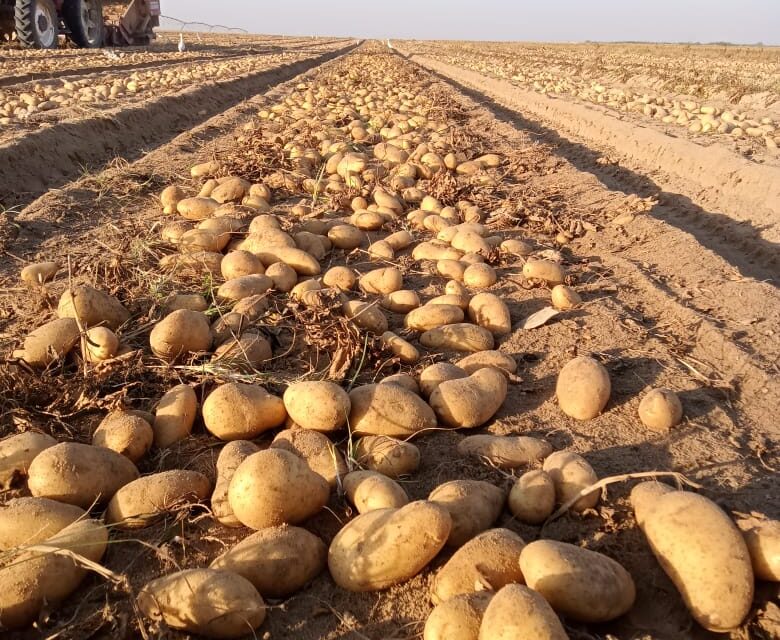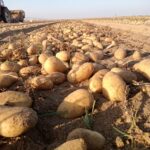Potato Farming: A Key Driver of Egypt’s Agricultural Economy
The Importance of Potato Cultivation and Export in Egypt Potato cultivation is a key pillar of Egypt’s agricultural sector, significantly contributing to food security, employment, and foreign trade. Ideal Climate and Advanced Farming Egypt’s warm climate allows for year-round potato production, while fertile soils and modern farming techniques enhance crop













